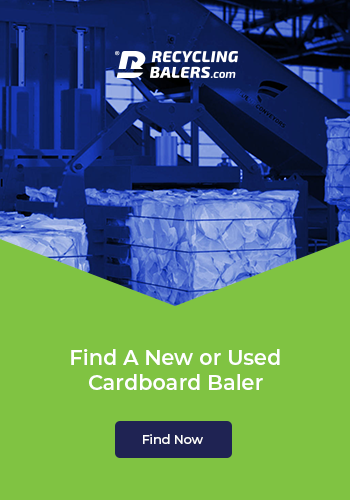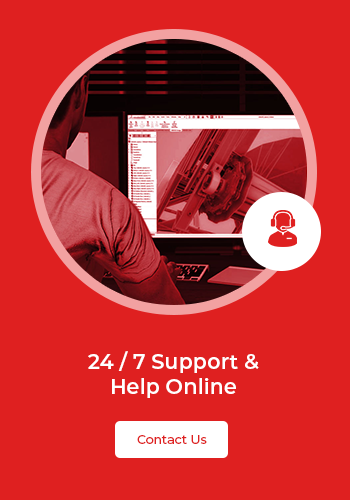What are the Parts of a Conveyor Belt?
The right conveyor belt significantly increases productivity in the modern workplace. Without them, countless industries would grind to a halt, or at the very least, struggle to maximize their time, space, and resources.
If you rely on conveyors to optimize your working day, it’s worth familiarizing yourself with how exactly your system works – doing so could get you out of a sticky situation if you need to get part replacements quickly.
Main Components
A conveyor system is essentially comprised of three main parts: the belt support, the driving unit, and the pulley system.
First, the belt support is a part that enables the belt to draw properly. It also supports and strengthens the belt, allowing it to withstand the weight of the materials it needs to transport.
Secondly, the pulley system dictates the direction and the movement of the belt, making it instrumental in the process of loading and unloading goods. It can be used to turn the belt around, ensuring a consistent flow.
The driving unit is used to power the belting conveyor, allowing it to move and function effectively. In some belting conveyor systems, the drive unit can be responsible for adjusting the motion of the belt, i.e., reversing the direction.
Not every drive unit is motorized, but even the manual variety still performs the same role. Naturally, the conveyor belt option that works best for you will depend on the application you plan on using it for.
Finding the Right Belt System
Despite being a relatively simple design consisting of three core ingredients, conveyor systems differ immensely. However, this variation is part of their appeal; there’s likely to be a conveyor system available for any occasion.
Of course, this might make finding the right one a bit tricky, so it’s important to ask yourself a few essential questions, such as:
· What kind of material do I need to transport?
This is perhaps the most important question when you’re choosing your conveyor system, as it will ultimately dictate the entire operation. For example, if you need to move food products around your workspace, a lighter food grade belt would be ideal, whereas if you wish to move abrasive material like gravel, you’ll need a much stronger belt, like a steel cleated option.
· How much space have I got to work with?
Conveyor systems come in all shapes and sizes, so you’ll need to consider how you can use your space to your advantage. A complex conveyor system may comprise a wide array of pulleys, which will likely require you to have more space if you hope to accommodate it. However, there are incline systems and curved options available for those with limited space.
· Is my system reliable?
Reliability is key in the pursuit of maximum productivity. As such, it’s important to check your conveyor system and ensure each part is up to performing the consistent task of goods transportation.
If you feel like now is the right time to upgrade your system or your conveyor parts look a little worn, don’t hesitate to check out our product list today – we’re here to help!



